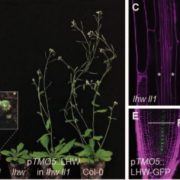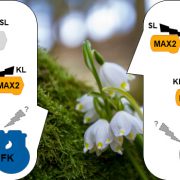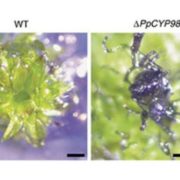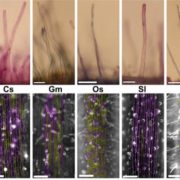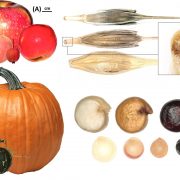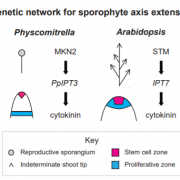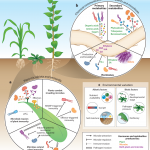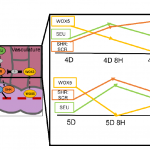Macroevolutionary patterns in seed component mass and different evolutionary trajectories across seed desiccation responses ($) (New Phytol)
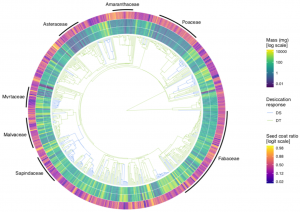 Seeds are made out of two functionally distinct components: the seed coat and the seed reserves (which include endosperm and embryo). It is known that the relative contribution of these parts to the total seed mass varies greatly among species. Still, little is known about the evolution of each component’s mass and proportion. In this fascinating paper, Chen et al. provide the first assessment of these traits’ evolutionary trajectories, with a particular interest in testing whether these trajectories change between desiccation-tolerant and desiccation-sensitive seeds. Using comparative phylogenetic analysis, the authors found that seed reserve mass had higher evolutionary rates than seed coat mass. Therefore, they suggest that the allocation of resources between the two seed components is mainly driven by changes in seed reserves. Overall, this behavior is independent of seed desiccation responses. However, desiccation-sensitive species had relatively more seed reserve mass. Given this, the authors discuss that the evolution of seed reserve mass is key to understanding the appearance of desiccation sensitivity in seeds. (Summary by Carlos A. Ordóñez-Parra @caordonezparra) New Phytol. 10.1111/nph.16706
Seeds are made out of two functionally distinct components: the seed coat and the seed reserves (which include endosperm and embryo). It is known that the relative contribution of these parts to the total seed mass varies greatly among species. Still, little is known about the evolution of each component’s mass and proportion. In this fascinating paper, Chen et al. provide the first assessment of these traits’ evolutionary trajectories, with a particular interest in testing whether these trajectories change between desiccation-tolerant and desiccation-sensitive seeds. Using comparative phylogenetic analysis, the authors found that seed reserve mass had higher evolutionary rates than seed coat mass. Therefore, they suggest that the allocation of resources between the two seed components is mainly driven by changes in seed reserves. Overall, this behavior is independent of seed desiccation responses. However, desiccation-sensitive species had relatively more seed reserve mass. Given this, the authors discuss that the evolution of seed reserve mass is key to understanding the appearance of desiccation sensitivity in seeds. (Summary by Carlos A. Ordóñez-Parra @caordonezparra) New Phytol. 10.1111/nph.16706


